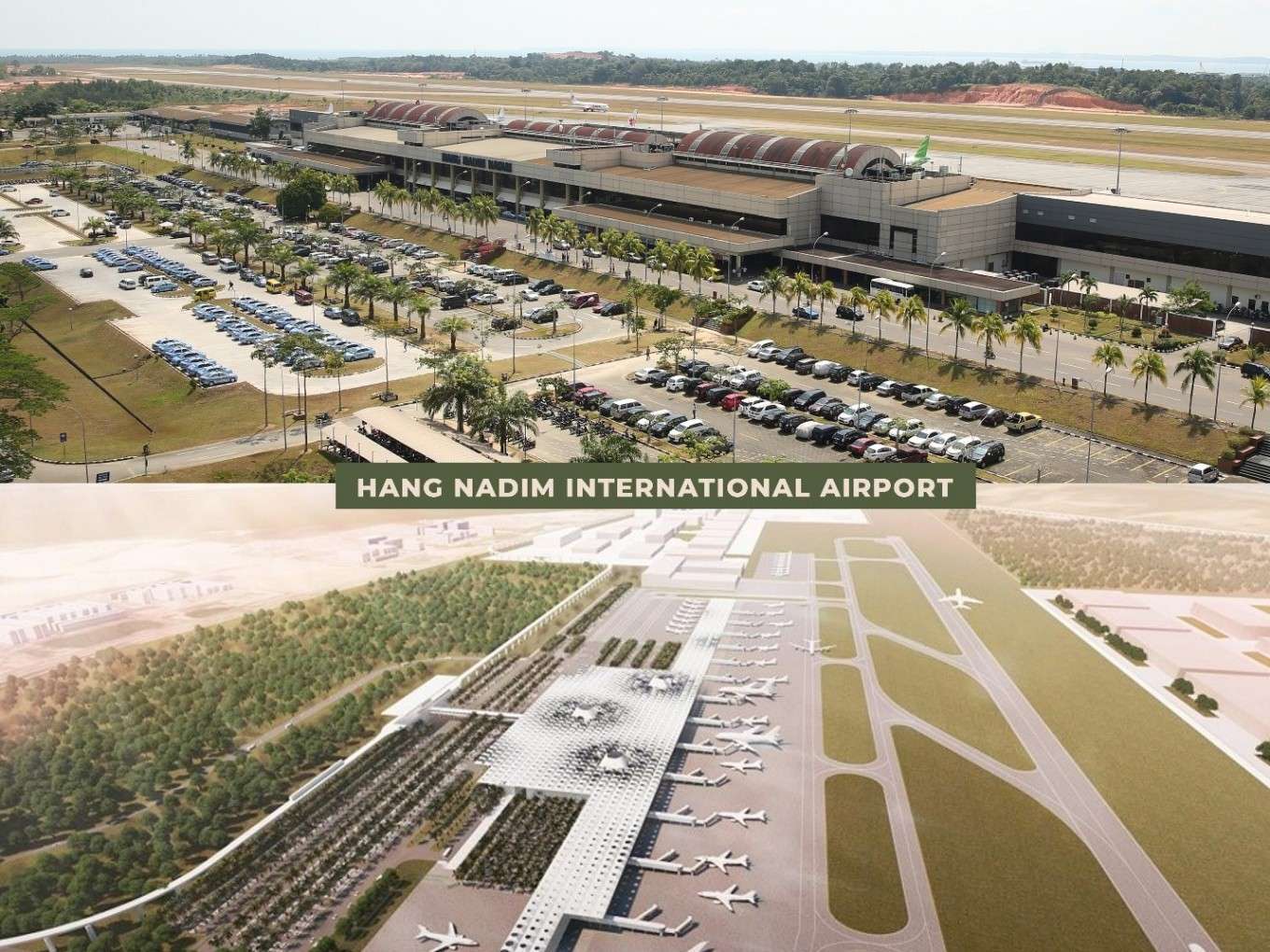From its humble beginnings as a small airport to support the operations of state-owned oil and gas holding company Pertamina to its current incarnation as Hang Nadim International Airport, the aviation hub in Nongsa district of Batam, the Riau Islands, has played an increasing role in growing the economies of both the island and the archipelagic province.
The 1,760-hectare airport was named Hang Nadim to honor the Malay hero who defended the Indonesian people during the Portuguese colonial era.
When it was first built in 1973, Hang Nadim airport had one runway of around 700 meters. Today, it has a runway that spans 4,025 meters, the longest in Indonesia and the third longest in Southeast Asia.
After several years as a Class II airport, the status of Hang Nadim was elevated to a national airport in 1985 and then to an international airport in 1990, serving international routes connecting Indonesia with Malaysia and Singapore.
Batam is one of the country’s main ports of entry, and ranks third in foreign arrivals only after Jakarta and Bali, with Hang Nadim International Airport designed to accommodate a maximum of 5 million visitors each year.
The airport saw 3.03 million visitor arrivals in 2016, followed by 2.8 million visitors in 2017, 2.7 million in 2018, and 2.1 million in 2019. The COVID-19 pandemic significantly reduced the number of arrivals, with just 1.1 million visitors in 2020 and 708,000 in 2021.
On the other hand, the airport saw an increasing trend in cargo loading and unloading, at respectively 3.7 million kilograms and 2.5 million kg in 2020. The following year, the airport recorded 4 million kg in cargo loading and 3 million kg in cargo unloading.
Also in 2021, the Batam Indonesia Free Zone Authority (BP Batam), which manages Hang Nadim International Airport, signed a public private partnership (KPBU) scheme with a consortium led by state-owned airport operator Angkasa Pura I (AP I), the Incheon International Airport Corporation (IIAC) of South Korea, and state-owned construction company PT Wijaya Karya (WIKA).
The partnership scheme, which has an investment value of IDR 6.9 trillion, will be implemented within 25 years and covers the renovation, management and maintenance of the existing passenger terminal and the development, management and maintenance of a new passenger terminal (Terminal 2). The deal also includes the development, management and maintenance of other land and airside infrastructure, as well as management of the airport’s new cargo terminal.
The development of Terminal 2 is expected to double the annual passenger capacity of Hang Nadim International Airport to 10 million people. It will also increase with its air cargo capacity to 1.5 times the pre-pandemic figures in 2019, or around 17.5 million kg for both loading and unloading.
BP Batam chairman Muhammad Rudi said that the KPBU deal indicated the signatories’ joint commitment to develop Hang Nadim airport as a logistics and passenger hub to support infrastructure development and attract additional investment partners to the free trade zone.
“We hope that this cooperation in airport management will make a major contribution to the economic growth of Batam and the Riau Islands,” Rudi added.
The investment project would also benefit Batam in many ways, as it included a plan for 11 new international routes and transfer of knowledge from the IIAC toward growing the local tourism industry, creating jobs and stimulating the local economy.
Separately, Coordinating Economic Affairs Minister Airlangga Hartarto, who also chairs the Batam Free Trade Zone and Free Port Concession Agency (BP KPBPB), said the partnership marked a new era in accelerating the expansion of Hang Nadim airport to support the future development of Batam.
Airlangga added that the airport also played a vital role in supporting the development of the Batam-Bintan-Karimun (BBK) area and the western regions of Indonesia, as well as connecting them with global markets such as China, Japan, South Korea and the United States.
“Batam’s increasingly open international passenger and cargo aviation network will accelerate tourism recovery and development in the BBK area as well as streamline cargo services, which will in turn increase industry competitiveness and reduce logistics costs in Batam,” said the senior minister.
“In addition, it will also encourage expansion in the consumer electronics supply chain, both in terms of raw materials and [local] production.”




